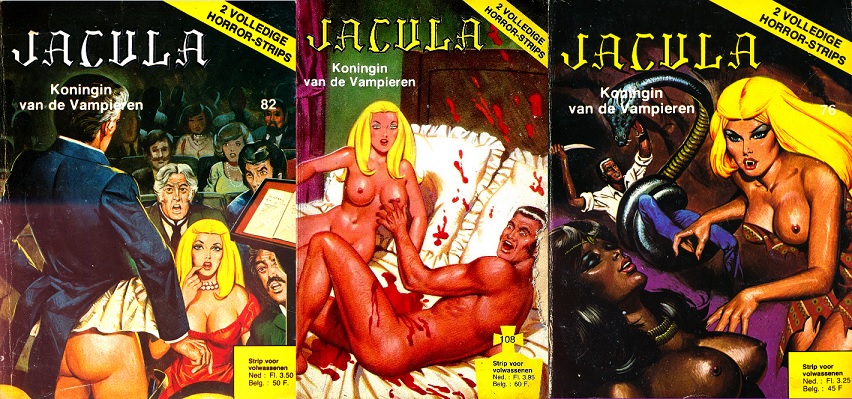Some of these tabs have been open for months.
- We’ve Made a Rare Animation Artbook Free to All — The author of Cartoon Modern, Amid Amidi, owns the book’s copyright and digital rights — and has written that he wants to see it reborn. “Would be delighted if someone scanned in and made available a high-quality PDF of Cartoon Modern,” he tweeted in 2019. “Book has been out of print for a long time and should be readily available to all.”
- Download Cartoon Modern: compressed .PDF — 319 MB or uncompressed .CBZ — 4.6 GB.
- Out of Touch/Out of Time — We remember the ghost of Lucky Star, so representative of what it meant to be an anime fan at that time. What was contemporary fan service is now a time capsule. Before legal streaming and simulcasts, before anime was something Netflix would spend millions remaking into live-action, when anime was kind of, well, cringeworthy. Maybe that’s why more problematic elements stand out these days. At the time, you had to take the embarrassment as par for the course, even a badge of honour that you could take it, unlike the normies. Lucky Star is a bit cringe.
- Iraq, The Last Pre-War Polls — The final polls to be published before the war in Iraq started, conducted last weekend, all found a shift in public opinion in favour of British involvement in the war but still found a majority disapproving, both of military action and of Tony Blair’s handling of the Iraq crisis. Still relevant twenty years on as evidence that no, not “everybody” was in favour of the War on Iraq.
- Dub Influence Vol 3: Snoopy — Yes! For our third installment of ‘Dub Influence’ we are very lucky to have a chart from the legend that is Snoopy. What Snoopy doesn’t know about reggae, dub and music in general… ain’t worth knowing. This got me on a dub/reggea kick a few months ago when I read this.
- Transformers UK — the comic that (nearly) cheated death — This is the story of the comic that never was. Or, more accurately, the comic that nearly was.
- bfi.org.uk/sight-and-sound/lists/50-key-anime-films — From the breakthrough of Akira in 1988, through the exquisite films of Miyazaki Hayao and others, Japanese animation has captivated audiences around the world. But anime’s history runs deeper still. Here we select 50 titles that celebrate its full, fascinating riches.
- We’ve Got A File On You: Insane Clown Posse — VIOLENT J: And the amount of gay Juggalos out there is really surprising. I think about them doing their research and getting the old records, getting excited about it, and getting their hearts broke or something, you know? I tell my daughter, “For the rest of your life, when your friends ask why your dad said that, say it’s because your dad was a fool. Don’t defend me. Say I was a fool then, but I’m not now.” There’s no excuse. I was going with the flow, and that’s the very thing we preach against — being a sheep. And that’s what I was doing.
